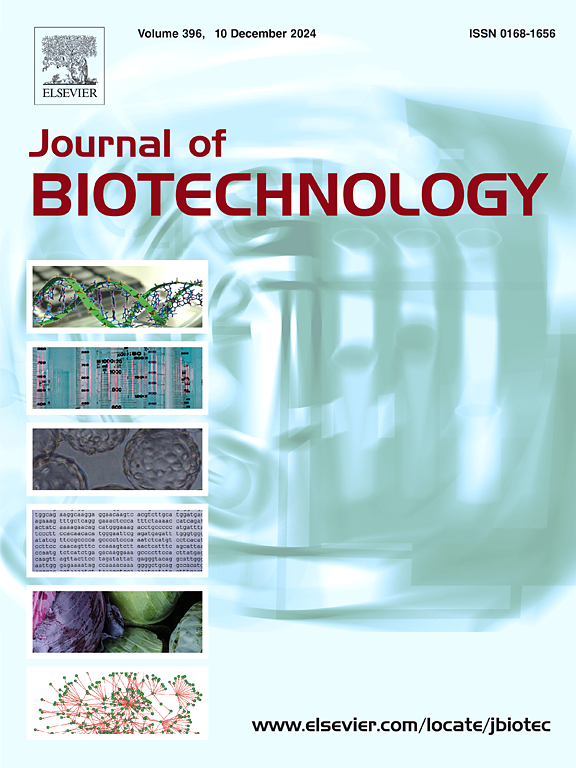微藻在3D生物打印和骨再生:趋势,应用和未来展望。
IF 3.9
2区 生物学
Q2 BIOTECHNOLOGY & APPLIED MICROBIOLOGY
引用次数: 0
摘要
3D生物打印已经成为骨组织工程的一项强大技术,使制造复杂的、充满细胞的结构具有空间精度。近年来,微藻因其独特的光合能力、产氧能力和内在的生物活性,能够促进组织再生和血管生成,越来越受到该领域的关注。本文系统地概述了用于骨相关3D生物打印的微藻类型,它们与生物墨水和支架的整合,以及它们促进骨愈合的机制。与以往的文献相比,本综述强调了藻类衍生支架的免疫调节特性,克服其有限的机械强度和免疫原性的策略,以及遗传和材料工程提高临床适用性的潜力等尚未开发的方面。此外,我们讨论了藻载支架灭菌方法的最新进展,这是临床翻译的一个关键但经常被忽视的方面。提供了表型-机制集成框架和可视化工作流图,以帮助材料选择和设计。最后,我们确定了利用微藻作为下一代生物墨水功能成分的当前限制、研究空白和未来方向。这些见解旨在促进合理设计具有光合活性和可再生的骨和软组织修复支架。本文章由计算机程序翻译,如有差异,请以英文原文为准。
Microalgae in 3D bioprinting and bone regeneration: Trends, applications, and future perspectives
3D bioprinting has emerged as a powerful technology for bone tissue engineering, enabling the fabrication of complex, cell-laden structures with spatial precision. In recent years, microalgae have attracted growing attention in this field due to their unique photosynthetic ability, oxygen-generating capacity, and inherent bioactivities, which can enhance tissue regeneration and angiogenesis. This review systematically outlines the types of microalgae used in bone-related 3D bioprinting, their integration into bioinks and scaffolds, and the mechanisms through which they contribute to bone healing. Compared with previous literature, this review highlights underexplored dimensions such as the immunoregulatory properties of algal-derived scaffolds, the strategies to overcome their limited mechanical strength and immunogenicity, and the potential of genetic and material engineering to enhance clinical applicability. Furthermore, we discuss recent advancements in algal-laden scaffold sterilization methods—a critical but often overlooked aspect for clinical translation. A phenotypic–mechanistic integration framework and visual workflow diagrams are provided to aid material selection and design. Finally, we identify current limitations, research gaps, and future directions for utilizing microalgae as functional components in next-generation bioinks. These insights aim to promote the rational design of photosynthetically active and regenerative scaffolds for bone and soft tissue repair.
求助全文
通过发布文献求助,成功后即可免费获取论文全文。
去求助
来源期刊

Journal of biotechnology
工程技术-生物工程与应用微生物
CiteScore
8.90
自引率
2.40%
发文量
190
审稿时长
45 days
期刊介绍:
The Journal of Biotechnology has an open access mirror journal, the Journal of Biotechnology: X, sharing the same aims and scope, editorial team, submission system and rigorous peer review.
The Journal provides a medium for the rapid publication of both full-length articles and short communications on novel and innovative aspects of biotechnology. The Journal will accept papers ranging from genetic or molecular biological positions to those covering biochemical, chemical or bioprocess engineering aspects as well as computer application of new software concepts, provided that in each case the material is directly relevant to biotechnological systems. Papers presenting information of a multidisciplinary nature that would not be suitable for publication in a journal devoted to a single discipline, are particularly welcome.
 求助内容:
求助内容: 应助结果提醒方式:
应助结果提醒方式:


